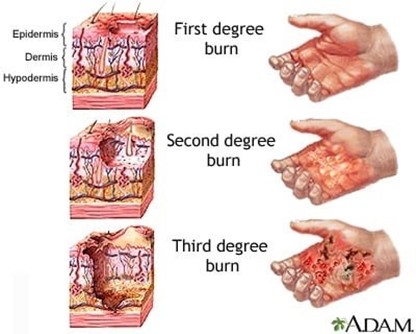A client who is a primigravida at 40 weeks gestation is contracting every 2 minutes and her cervix is 9 cm dilated and 100% effaced. The fetal heart rate is 120 beats/minute. The client is screaming and her husband is alarmed. Which intervention should the practical nurse (PN) implement?
Call the rapid response team to the bedside.
Check the time the last PRN narcotic analgesic was given.
Report to charge nurse that the client is near to delivery.
Ask the husband to leave the room for a while.
The Correct Answer is C
The practical nurse should report to the charge nurse that the client is near delivery, as the client's signs indicate that she is in the transition phase of labor and is likely to deliver soon. The PN should also assess the client's vital signs, fetal heart rate, and pain level, and prepare the delivery equipment.
The husband can be asked to provide emotional support to the client during labor.
The rapid response team may be called in case of a medical emergency, but this is not indicated based on the information given.
Checking the time, the last PRN narcotic analgesic was given is also not indicated at this point, as the client is close to delivery and may not have time for medication to take effect.
Nursing Test Bank
Naxlex Comprehensive Predictor Exams
Related Questions
Correct Answer is C
Explanation
The first action the PN should take is to obtain a point-of-care glucose test. This will provide immediate information about the patient's blood sugar level and help guide further interventions.
Option A, reviewing prior insulin prescriptions, is important but not the first priority.
Option B, checking blood pressure, is also important but not the most immediate concern.
Option D, assessing urine for ketones, can provide useful information about the presence of ketones in the urine, which can indicate diabetic ketoacidosis, but it is not the first action that should be taken.
Correct Answer is B
Explanation
The priority action for the practical nurse (PN) to take while caring for a client that has just arrived in the emergency department with 2nd degree thermal burns to the right thigh, lower leg and foot, and reports severe pain in the right leg is to remove clothing and cover the burned area with a cool damp cloth. This will help to cool the burn and reduce pain.
Anticipating rehydration of 1000 mL/6 hr. with normal saline (Option A) is an important intervention for burn patients, but it is not the first priority. Completely flushing the burned area with water or sterile saline (Option C) may be appropriate in some cases, but it is not the first intervention that should be implemented. Collecting data such as vital signs, blood gases, height and weight (Option D) is also important, but it is not the first priority.

Whether you are a student looking to ace your exams or a practicing nurse seeking to enhance your expertise , our nursing education contents will empower you with the confidence and competence to make a difference in the lives of patients and become a respected leader in the healthcare field.
Visit Naxlex, invest in your future and unlock endless possibilities with our unparalleled nursing education contents today
Report Wrong Answer on the Current Question
Do you disagree with the answer? If yes, what is your expected answer? Explain.
Kindly be descriptive with the issue you are facing.
